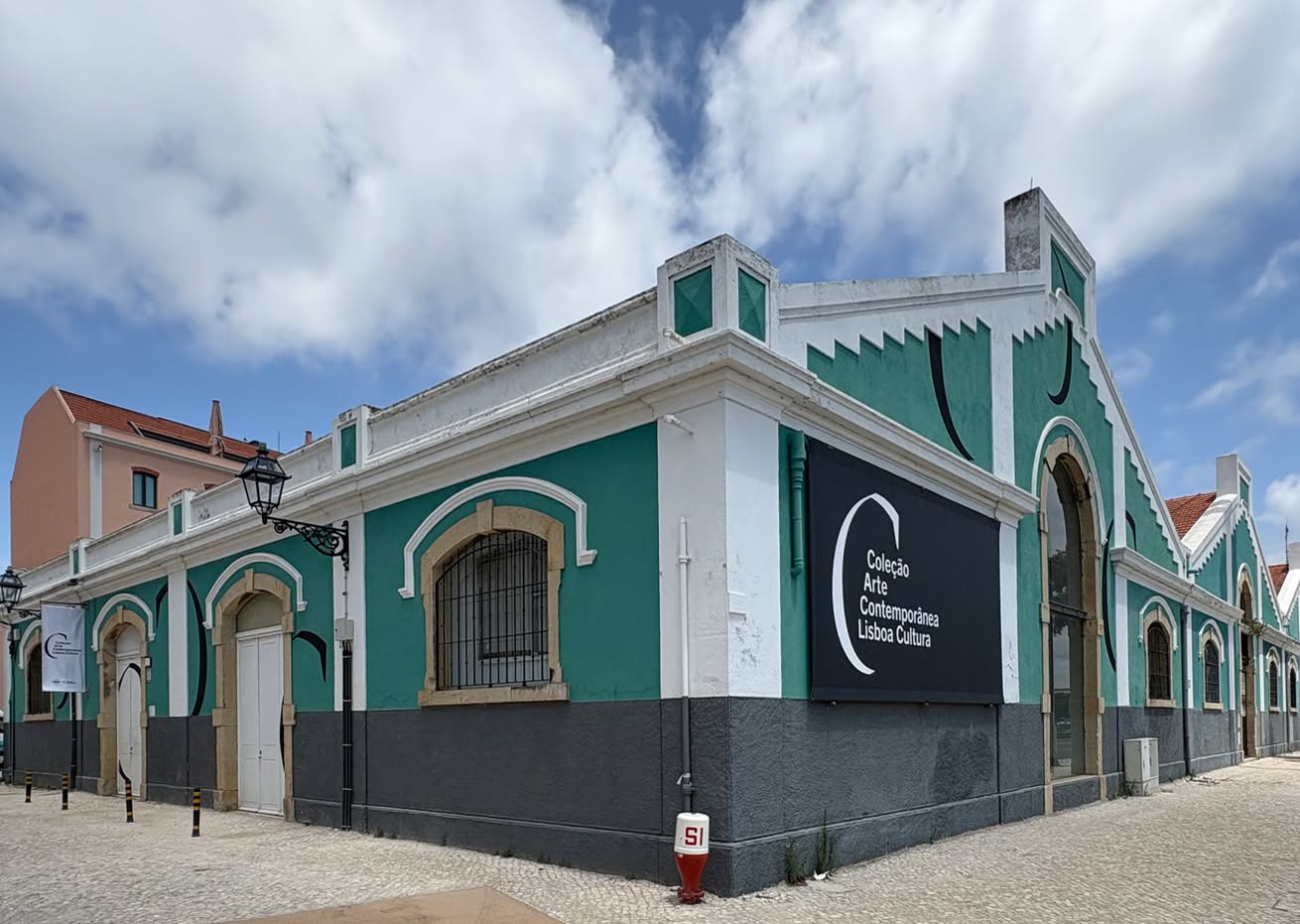City
Art overlooking the Tagus
The western axis along the river is increasingly the center of contemporary art in Lisbon
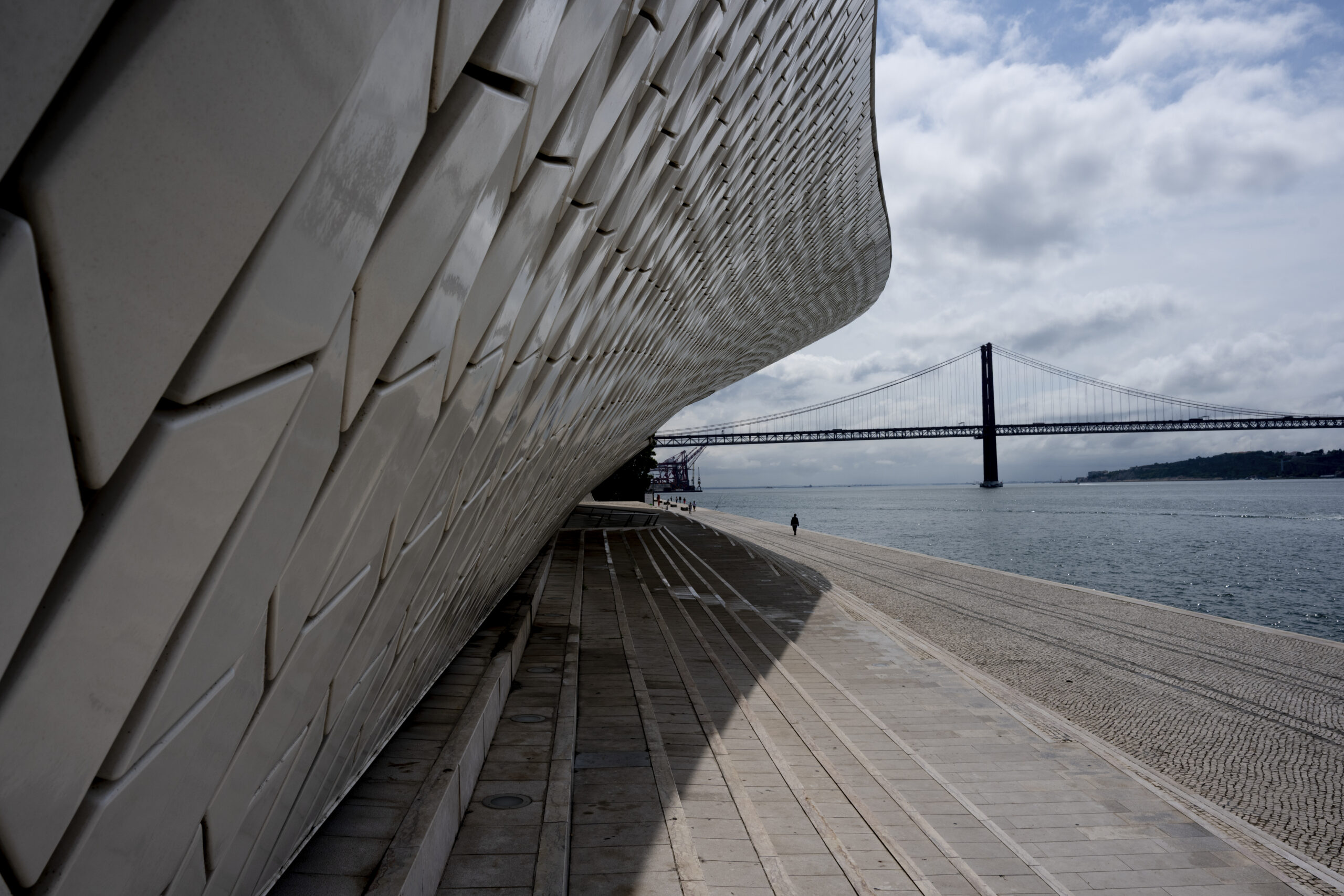
Between Junqueira and Belém, a true axis of contemporary art has been emerging, marked by the presence of spaces that offer a rich and diverse cultural program, which promotes dialogue between Lisboners - and those who visit the city - with modern and contemporary art.
This year, the area gained new life with the arrival of the brand new MACAM, Pavilhão Julião Sarmento and the recently opened Espaço C, which join the already emblematic group formed by MAC/CCB, MAAT and Galeria do Torreão Nascente. Easily accessible from the centre of Lisbon, with the Tagus River always as a backdrop, this stimulating axis invites you to discover one of the city’s most dynamic cultural hubs.
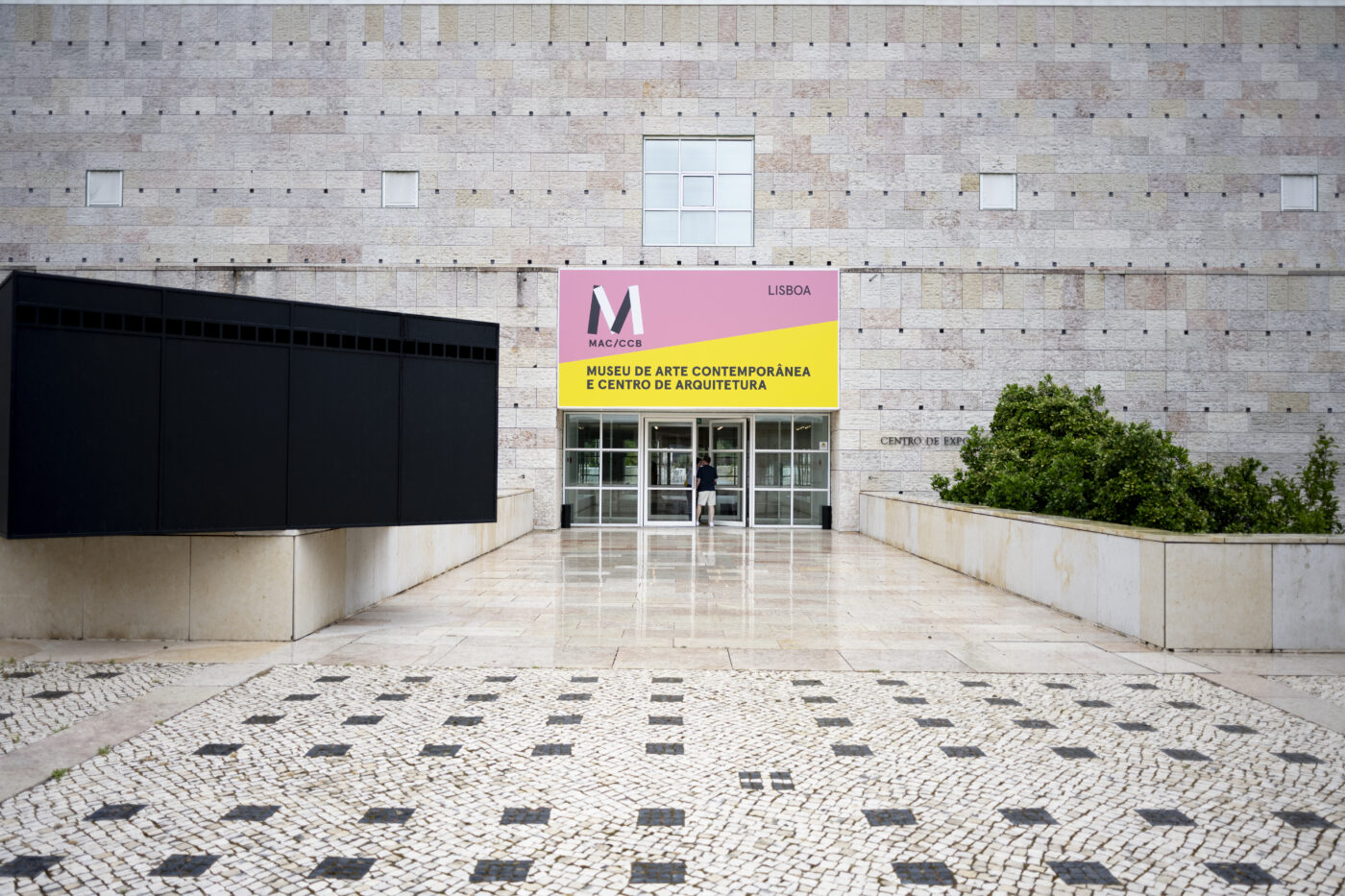 MAC/CCB – Museu de Arte Contemporânea
MAC/CCB – Museu de Arte Contemporânea
Opened on October 27, 2023, the MAC/CCB, which succeeds the former Museu Coleção Berardo, aims to promote dialogue between modern and contemporary art, architecture and performing arts. The museum, considered one of the main cultural centers in Lisbon, houses important collections of contemporary art, such as the State Contemporary Art Collection (CACE), the Teixeira de Freitas Collection, the Holma/Ellipse Collection and the Berardo Collection.
With two permanent exhibitions – An Atlantic Drift. The Arts of the 20th Century based on the Berardo Collection and Object, Body and Space. The revision of artistic genres from the 1960s onwards – which brings together works by names such as Modigliani, Amadeo de Souza-Cardoso, Marcel Duchamp, Lourdes Castro, Piet Mondrian, Pablo Picasso, Andy Warhol, Helena Almeida, Wifredo Lam, René Magritte, Max Ernst and Salvador Dalí – the MAC/CCB is currently presenting three temporary exhibitions: Experiences of the World, which speaks, above all, of art as an experience in its critical, revealing and poetic capacity to think about the world; Chantal Akerman. Travelling, which traces the unique trajectory of the Belgian filmmaker, writer and artist; and Uncensored Posters | April 25 and the «Hot Summer» Revolution, with pieces that are visual testimonies of a period of political and social transformation, rescued from the walls where they were originally displayed and in a portfolio of drawings for five decades.
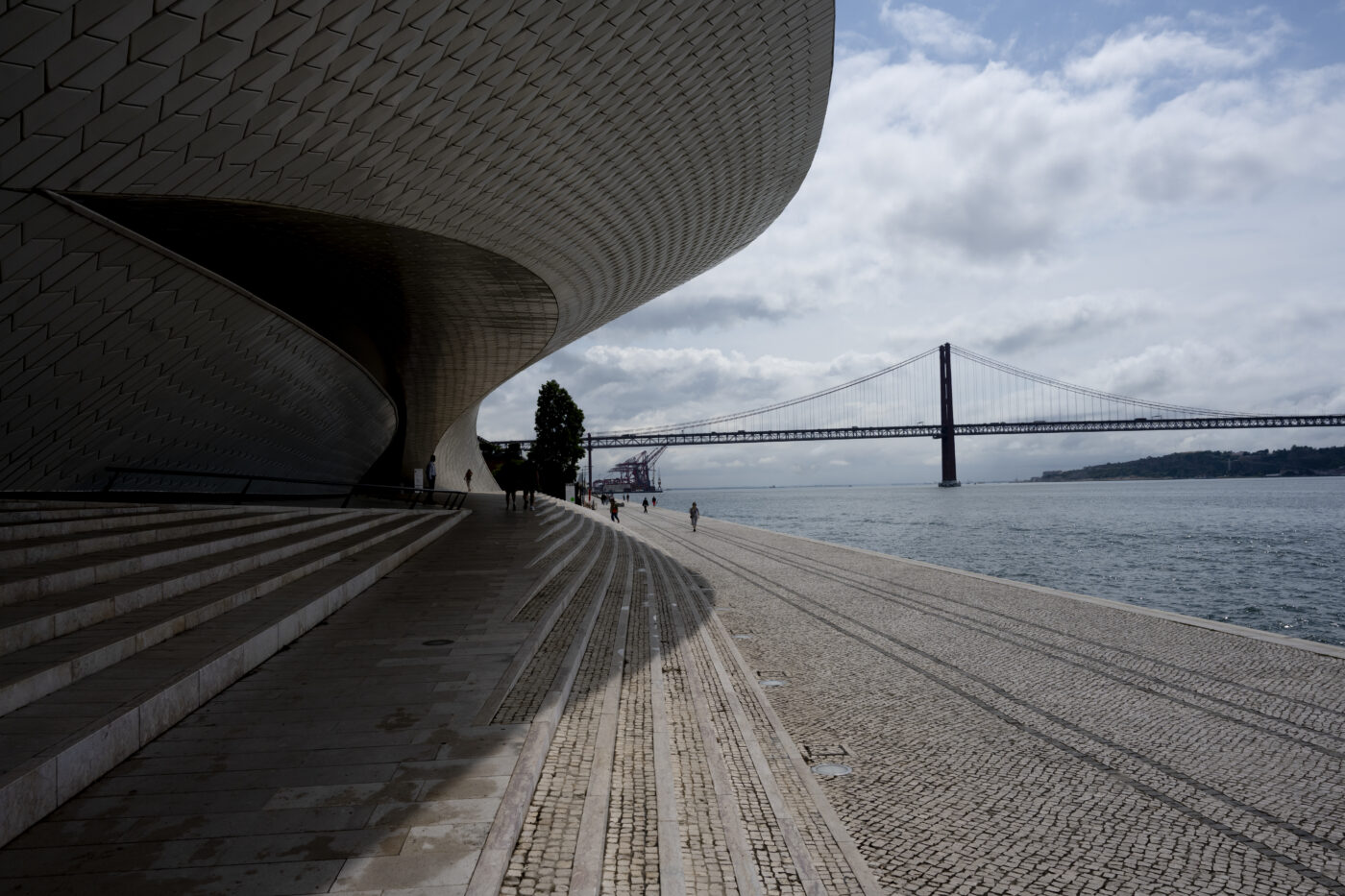 MAAT – Museu de Arte, Arquitetura e Tecnologia
MAAT – Museu de Arte, Arquitetura e Tecnologia
Opened in 2016, it has quickly become one of Lisbon’s most innovative cultural institutions and a must-see for anyone who wants to explore the intersections between art, architecture and technology. Comprising two distinct buildings: the historic Central Tejo and the modern building designed by British architect Amanda Levete, known as the MAAT Gallery – characterized by an undulating façade covered in white ceramic, designed to reflect the light of the Tagus and create a harmonious interaction with the urban landscape – the museum is dedicated to promoting critical discourse and creative practice.
In addition to temporary and permanent exhibitions, the program also includes a diverse schedule of events, such as talks, conferences, performances and workshops, which encourage critical thinking and international dialogue. The Electricity Factory, the permanent exhibition, presents original machinery through which the history of this old factory is told, as well as the evolution of electricity to renewable energy. MAAT currently has four temporary exhibitions: Jeff Wall – Time Stands Still. Photographs, 1980–2023; 15th edition of the EDP Foundation New Artists Award; Miriam Cahn – What looks at us; and Pencils for colouring grey days: Works from the EDP Foundation Art Collection.
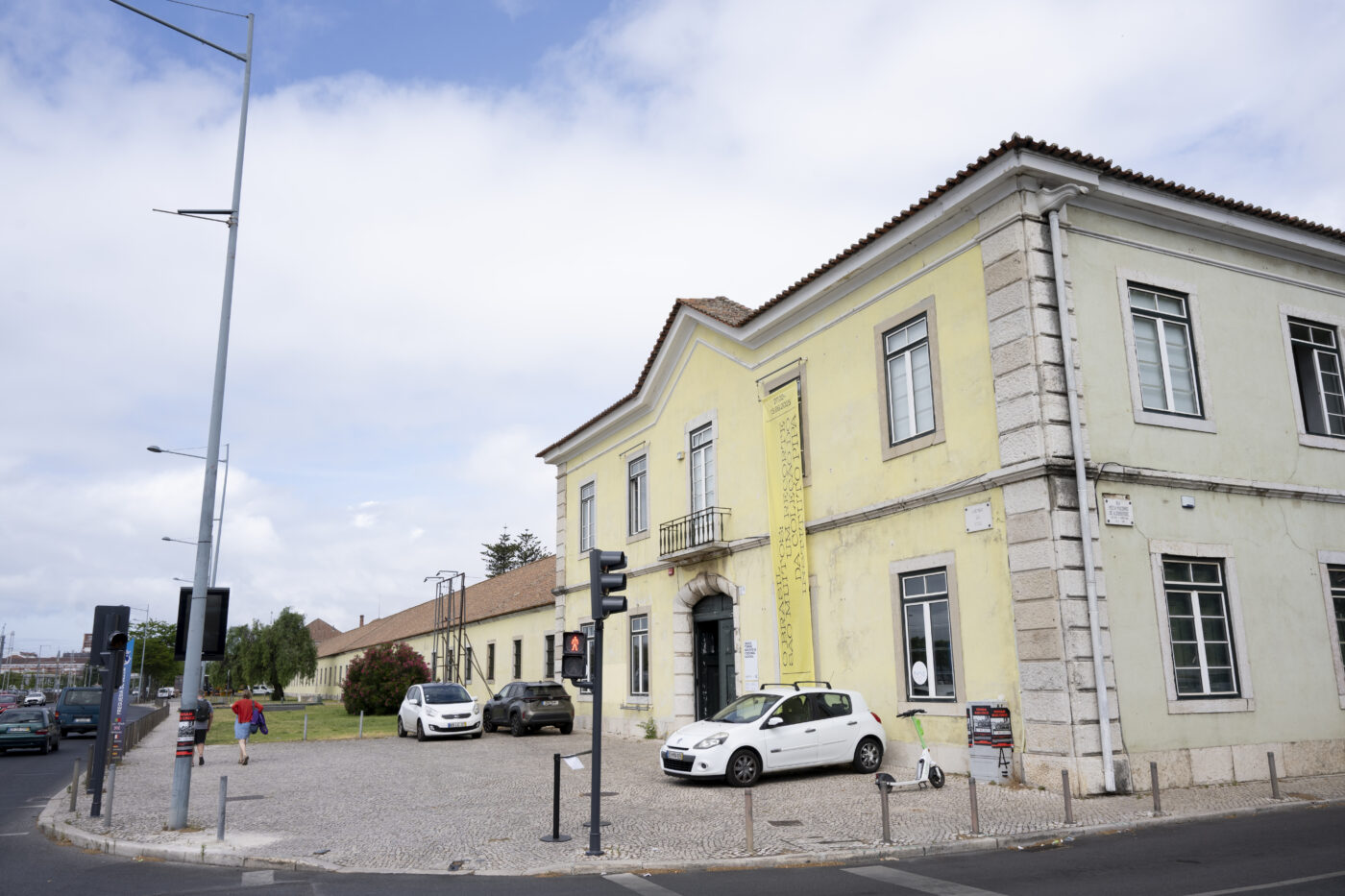 Galeria do Torreão Nascente da Cordoaria Nacional
Galeria do Torreão Nascente da Cordoaria Nacional
Part of the Lisbon Municipal Galleries, which brings together five spaces in different areas of the city, Torreão Nascente is located in the historic Cordoaria Nacional, on the riverbank, and is a space of historical and heritage value, located in one of the first industrialized areas of Lisbon. This exhibition space stands out for its late Pombaline architecture and bold programming, which reflects the diversity and richness of contemporary art.
Since 2003, the Torreão Nascente Gallery has been the stage for exhibitions by established and emerging national and international artists. The program covers various artistic languages, including painting, sculpture, photography, video and installation. A bookstore installed on site offers a range of publications related to the exhibition projects of Lisbon Municipal Galleries.
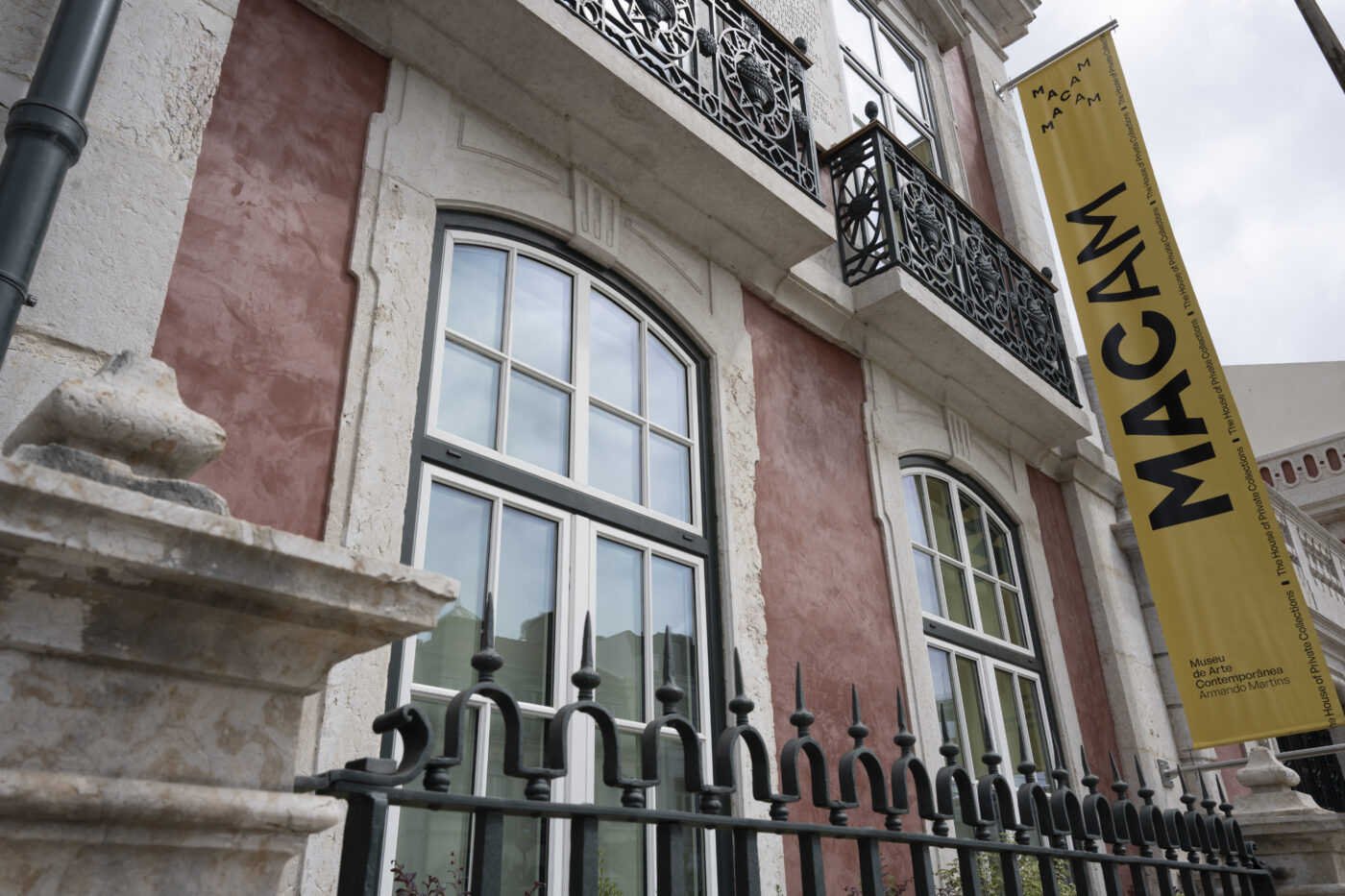 MACAM – Museu de Arte Contemporâneo Armando Martins
MACAM – Museu de Arte Contemporâneo Armando Martins
Born from the desire of businessman Armando Martins to showcase his personal art collection, MACAM brings together a museum and a five-star hotel in the same space, an innovative concept and the first of its kind in Portugal and Europe. Housed in the historic Palácio Condes da Ribeira Grande, which dates back to the early 18th century, on Rua da Junqueira, MACAM is one of the most innovative additions to Lisbon’s cultural scene.
Described as The House of Private Collections, the museum houses, in addition to the collection of its founder – one of the most important in the country, started in 1974 and which includes more than 600 works of modern and contemporary art, national and international, from the end of the 19th century to the present –, collections of other private collectors. Along with permanent and temporary exhibitions, MACAM also offers a diverse cultural program. Highlights include the restored chapel, transformed into a bar and stage for performing arts, and the site-specific works of art by artists such as José Pedro Croft, Carlos Aires and Angela Bulloch.
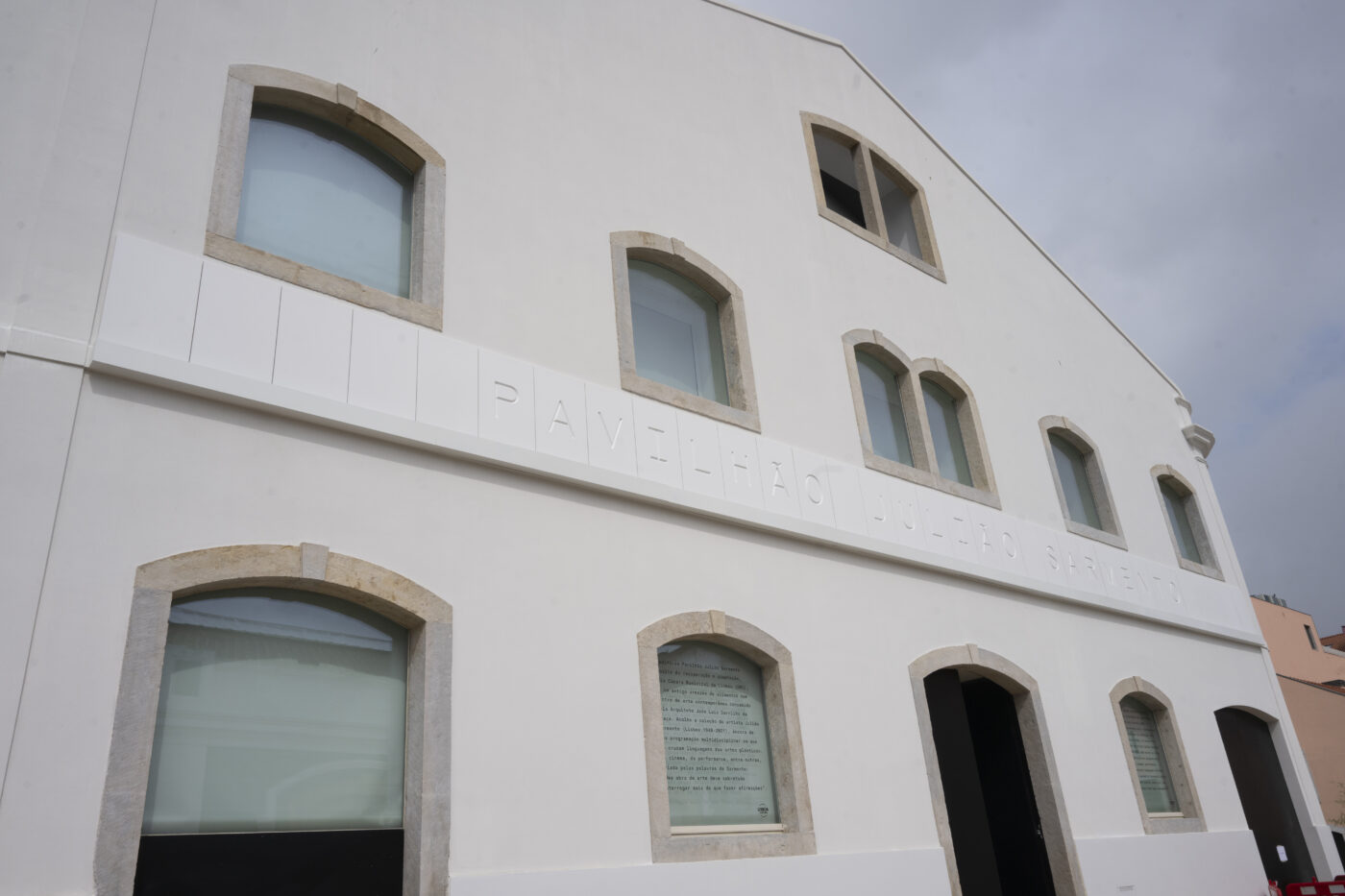 Pavilhão Julião Sarmento
Pavilhão Julião Sarmento
Last month, an art center dedicated to the private collection of Portuguese artist and collector Julião Sarmento (1948–2021), started in 1967 and comprising more than a thousand works, including paintings, sculptures, videos, installations and objects, opened. It is worth noting that only five percent of the pieces were acquired; the rest are the result of exchanges or gifts from other artists and collectors. Located on Avenida da Índia, in Belém, the municipal building, a former food warehouse presumably built in the late 19th century, was adapted to serve as a center for contemporary art, and the architectural project was designed by architect João Luís Carrilho da Graça, at the artist’s own request.
Under the artistic direction of Isabel Carlos, the Julião Sarmento Pavilion proposes an interdisciplinary program that goes beyond traditional exhibitions, incorporating cinema, literature, music, fashion and other forms of artistic expression. The goal is to create a living art center focused on experimentation, production and the intersection of artistic knowledge, reflecting the transversal spirit that characterized Sarmento’s life and work. The Pavilion opened with the exhibition Take 1, in homage to the diversity of artistic expressions that have always attracted him, cinema being one of the main ones.
Espaço C – Coleção Arte Contemporânea Lisboa Cultura
Recently opened, this new space will host different exhibitions from the Lisbon City Council (CML) Contemporary Art Collection, which already has over 200 pieces and around 130 artists represented. WHO WHERE / QUEM ONDE, the first of these temporary exhibitions based on and around the collection, presents around 50 pieces by 30 artists, including Ângela Ferreira, António Bolota, Diogo Evangelista, Eduardo Batarda, Fernanda Fragateiro, Francisco Tropa, Gabriel Abrantes, Jorge Queiroz, Jorge Molder, Luísa Cunha, Paulo Brighenti, Rui Chafes, Rui Toscano and Vasco Araújo. Showcasing both the art acquisitions made by the municipality for its collection in 2024, as well as those acquired in previous years, the exhibition reveals the conceptual and formal breadth and diversity of this contemporary art collection.
Espaço C and the works that will inhabit it, in different ways and formulations over the coming years, reaffirm the CML’s desire to continue to build and develop its collection, with the prospect of, in the future, integrating other authors and expanding the representation of those who compose it. In addition to supporting contemporary art, the CML collection also constitutes an incentive to collecting. Making this collection accessible will allow the creation of an intergenerational memory; contribute to transmitting the experience lived by one generation to another, remembering our present, the struggles, the resistance, the freedoms, the ethics, which must be part of all futures, and survive.
